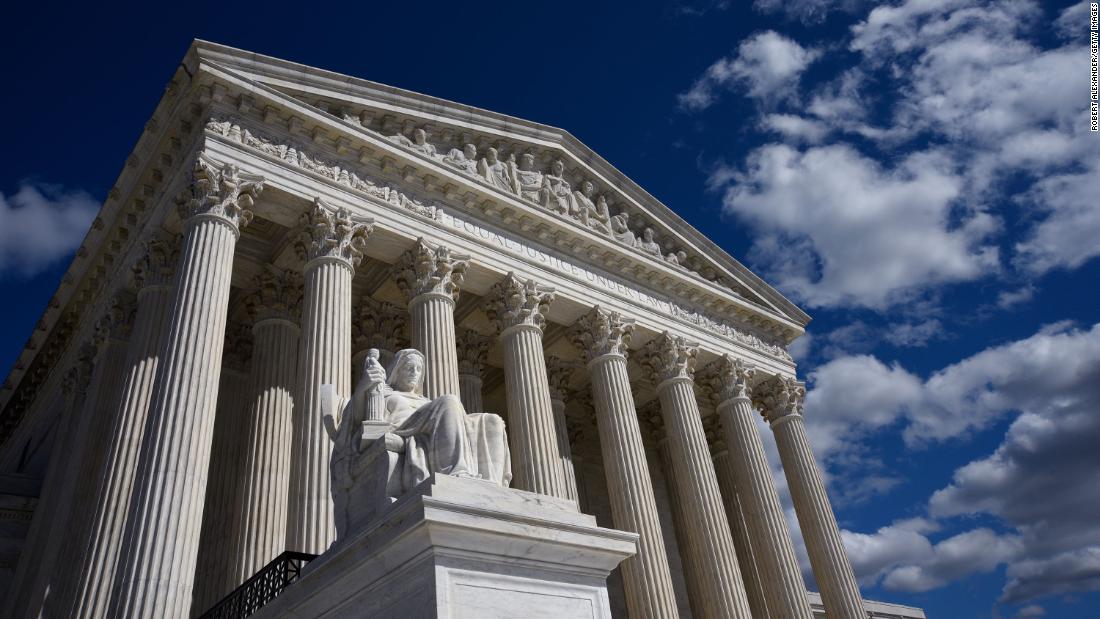The Supreme Court on Friday the 28th upended a 40-year-old decision that made it easier for the federal government to regulate the environment, public health, workplace safety, and consumer protections, delivering a far-reaching and potentially lucrative victory to business interests.
The court’s six conservative justices overturned the 1984 decision colloquially known as Chevron, long a target of conservatives. The liberal justices were in dissent. Since 1984 under Chevron, we have all been taught that when a federal statute has some ambiguity the administrative agency is given deference to what it can regulate and how.
Under Loper, a group of fishermen challenged the Department of Commerce and the National Marine Fisheries Service [NMFS] and how the NMFS regulated fishermen and the fees it could charge – and won, overturning Chevron.
Billions of dollars are potentially at stake in challenges that could be spawned by the high court’s ruling. The Biden administration’s top Supreme Court lawyer had warned such a move would be an “unwarranted shock to the legal system.”
The heart of the Chevron decision says federal agencies should be allowed to fill in the details when laws aren’t crystal clear. Opponents of the decision argued that it gave power that should be wielded by judges to experts who work for the government.
LOPER BRIGHT ENTERPRISES ET AL. v. RAIMONDO, SECRETARY OF COMMERCE, ET AL.


